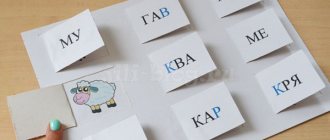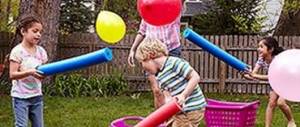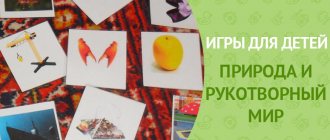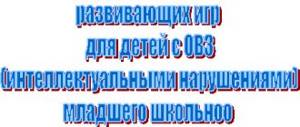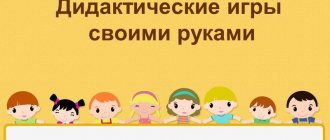Marbles pebbles in speech therapy
At the age of 1 to 3 years, the predominant direction becomes sensory and onomatopoeia. At this stage, it is important to notice the low rates of mental and psychological progress and direct efforts to correct and level out the slow rates. Correctly and timely organized correctional pedagogical and speech therapy assistance allows children with developmental delays to catch up with their peers.
Here are some examples of games with marbles.
- Pour colorful glass into a spacious container. Offer to transfer each to a different plate or bowl. You can do this with your hands, a spoon or a strainer, as if catching a fish.
- Hide small plastic or rubber animals among the glitter. Let the baby reach out and find the figure by touch. When pulling out, name the animal, tell how it speaks, encourage the baby to say it after you. You can talk about where this animal lives, what it eats, using diminutive suffixes to form new words.
- “Feed me” - place animal figures or dolls around, place a small plate next to each and offer to feed the “guests”, spooning a “treat” into each plate. For older children, you can make the task more difficult by asking them to choose a treat of a given color for each plate.
- If you have glasses of different sizes, use to form the concept “big - small”, sorting by size into several glasses.
- The beginning of mathematical knowledge in the early preschool period: the relationship “one - many”, play with the help of birds cut out of cardboard: “how many grains will we give this bird - one and the other?”
- It is convenient to build a path from flat ovals - red, yellow, blue, or alternating two or more and maintaining the sequence - this task trains attention well.
- Lay out various simple geometric shapes: circle, triangle, rectangle.
- Combine the game with modeling - pressing smooth glitter into plasticine or clay is very fun and useful for your fingers, and if you make a figure, you can also decorate it.
After three to four years, you can focus on correct pronunciation, improving phonemic awareness, studying the composition of words, and composing sentences. During this period, cognitive activity intensifies, knowledge about the world around us is absorbed and consolidated, and the conceptual stock expands.
Improving the motor skills of the hand helps in the future to hold a pencil, a brush when drawing, and at school age - a pen, makes writing smoother and clearer, and the prerequisites for studying at school are developed.
- “Magic basket” - take one from a basket covered with a napkin, name the color and come up with what else can be colored like that (for example, yellow - sun, dandelion, lemon, etc.; red - tomato, poppy seed, strawberry, etc. .d.).
- You can “draw” letters and numbers using glass pieces along a pre-drawn outline, if the child does it well - arbitrarily, without an outline - this develops spatial orientation well.
- Draw a square or rectangle on a piece of paper. Ask to place the glass in the upper left corner, in the lower right corner, above the square, below it, etc.
- Composition of the word: pronounce, dividing into syllables, take out a pebble for each. Count how many syllables are in a word.
- Lay out vowels with red glass, consonants with blue. When pronouncing a word, determine the position of the sound, whether it is hard or soft. Come up with other words with this sound.
- “Master repairman” - post part of the image, give the opportunity to complete the drawing to make a complete letter. In the same way, you can “repair” letter combinations.
- “Tic Tac Toe” - each participant is given chips of a certain color. Cells are drawn on paper that need to be filled in, building a line and getting ahead of your opponent.
- “Fun shooting gallery” - place a box or piece of cardboard on the edge of the table. Place the balls in a line in front of him. When rolling another ball, try to knock those standing in line out of the row.
- Roll the ball to each other: the parent or teacher names the object in the singular, the student in the plural.
- The use of pebbles in activities to study various lexical topics: they are laid out according to a previously prepared picture, like a mosaic in the form of fruits, animals, clothes, etc.
- Counting operations: sequential counting, reverse counting, addition and subtraction, concepts of more and less.
- Agility competition: move large shiny chips with your toes.
